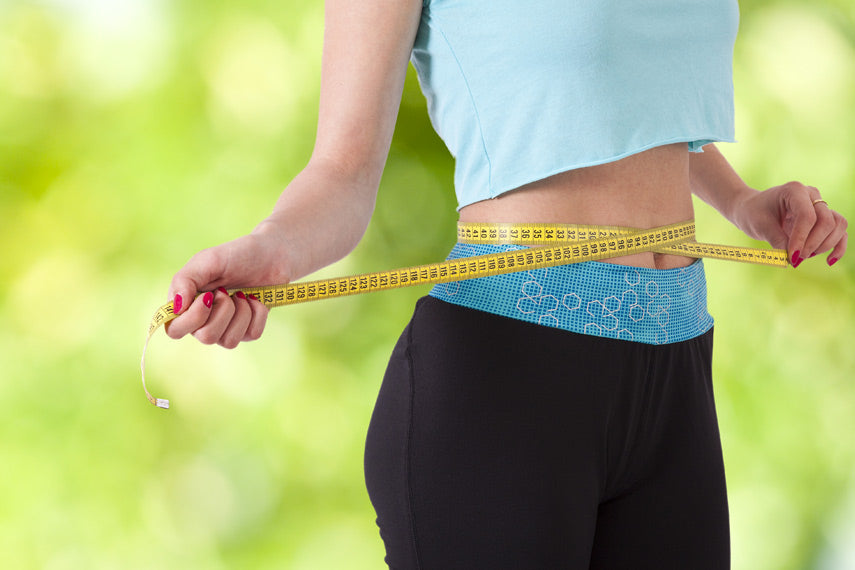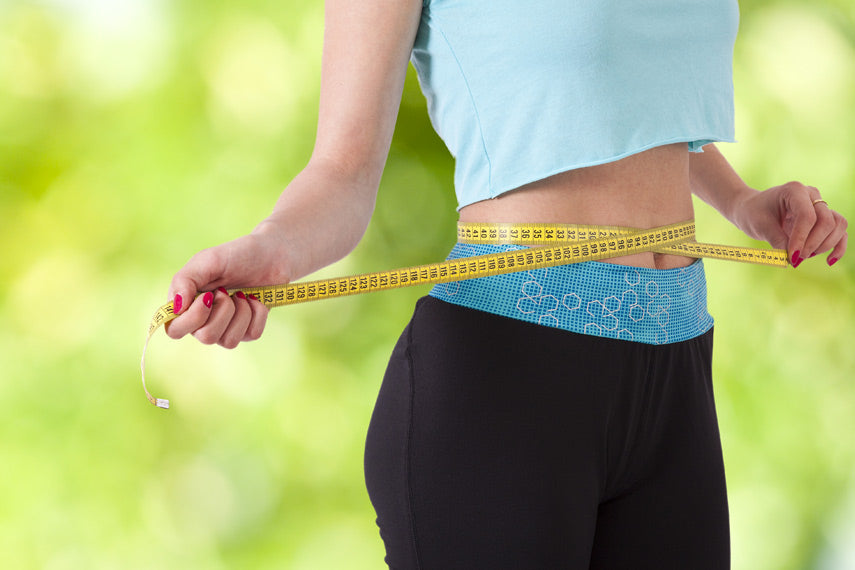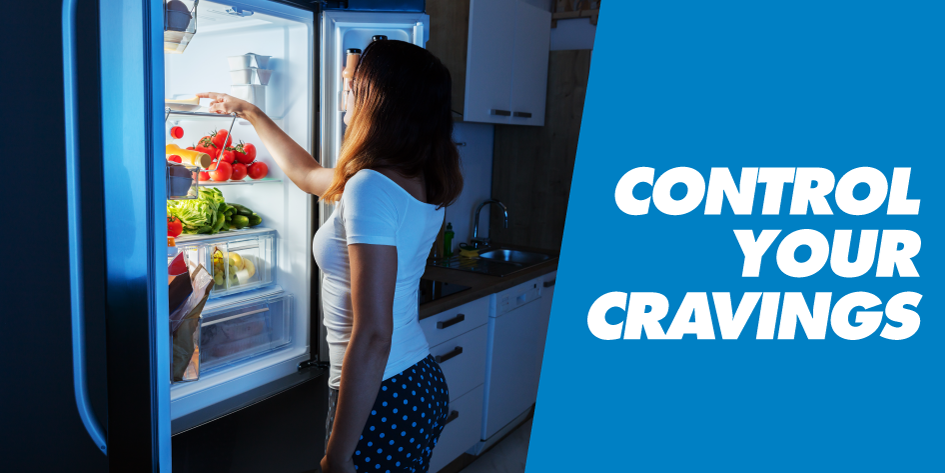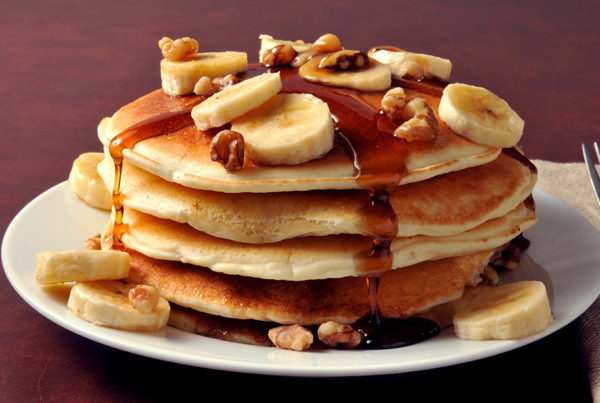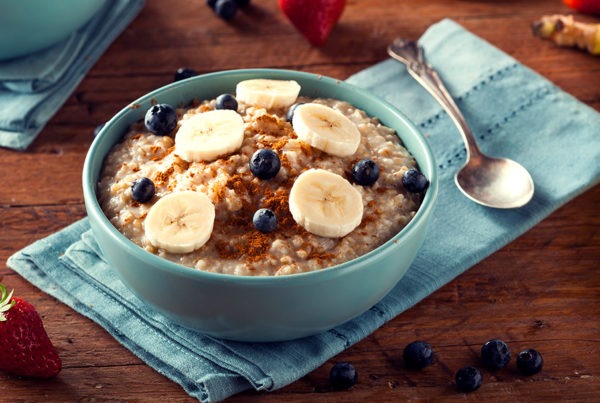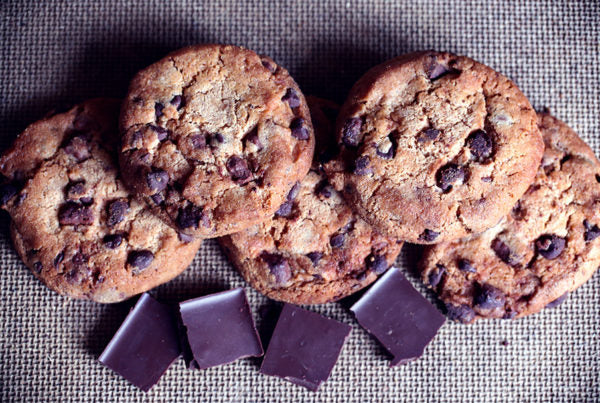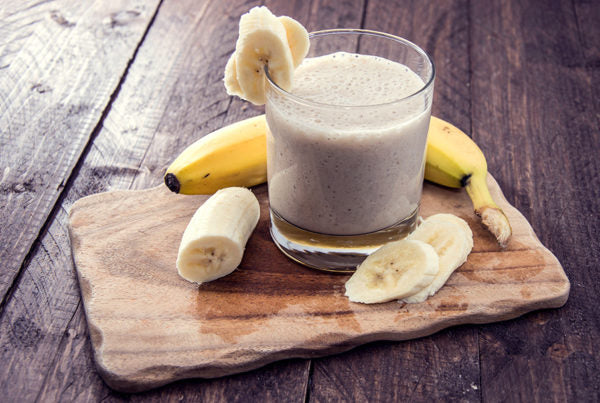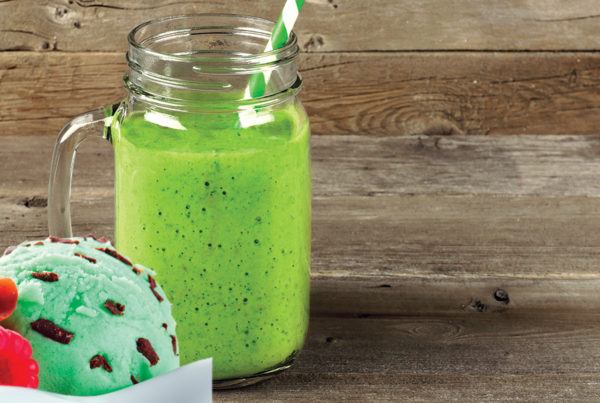When it comes to the quest for good health, everyone knows that excess body fat is a killer. Not only does it affect the way you look, it can also be a literal killer, negatively affecting your overall health. To fight off the body fat blues, it seems like common sense to try to lose weight. But body weight doesn’t tell you much of anything, so we’re here to tell you to ignore the scale.
How will I know how much weight I’ve lost without a scale?
The answer is, “It doesn’t matter.” That’s not to say you shouldn’t be concerned with your weight if you’re clinically obese – your heart can only work so hard, and you should obviously follow your doctor’s orders about striving for a healthy body weight. We’re talking about those who consider themselves just a bit overweight or who’ve started to gain a little more than you’re comfortable with around the midsection. You should ignore the scale not because you don’t care about your health but because the number on your scale is meaningless.
There are plenty of charts available that show healthy body weight ranges for people of a given age, gender, and height, but even those don’t take overall body composition (percentage of body fat vs. lean body weight) into account. What you should really be concerned with is losing fat, not “weight,” and when you’re on a fat-loss mission, there’s just no way to put this politely… Your scale is a liar!
When you’re eating well and exercising regularly, your body weight can go up or stay about the same even though you’re technically losing fat. That’s because you can be gaining lean muscle tissue at the same rate. That’s why you need to ignore the scale – it doesn’t give you any idea of what sort of weight is on your body. You might even consider getting rid of the scale or hiding it in a closet unless you’re involved in a sport that has classifications based on body weight. That’s about the only time it should matter. Oh, and if you’re just wanting to “tone” your body, don’t be afraid of gaining a bit of muscle. That’s exactly what toning is, and every pound of muscle helps to burn off 50 extra calories per day, even while you’re at rest.
How to track fat loss instead of weight loss
Fat Calipers
Rather than using a scale that gives you meaningless information, you’re better off getting yourself a cheap set of skinfold calipers and tracking those measurements. You just need to be absolutely sure to measure the same exact locations every time you measure, and use several locations to ensure the best tracking. Everyone loses body fat from different locations at different rates, but your caliper should come with instructions as to where and how to measure.
Tape Measure
Alternatively, an old-school flexible, cloth tape measure can also be a great tracking tool. As with the caliper, you need to be consistent with where and how you measure. Use the same location, the same pressure, and preferably the same time of day to measure. Places to consider measuring are both the smallest and widest sections of your waist, hips, thighs, and upper arms. Tracking numerous locations might also show you that you’re losing fat (decreased waist measurements) while gaining muscle (increased upper arm measurements).
Photos/Video
Lastly, one of the best ways to track your fat loss is without relying on numbers, although you can and should use this method in combination with either or both of the other methods. Tracking the way you look is one of the best ways to keep yourself motivated and on track.
While the mirror is immediate and convenient, it lies almost as much as your scale does. Well, the mirror itself doesn’t lie, but your own perception of how you look does. The fact is, you see yourself every day as you’re getting in or out of the shower, and it’s hard to notice visual differences on a daily basis. Because of that, photographs and/or video are perfect for tracking your visual appearance.
It’s crucial to use the same exact location, lighting, time of day, and camera to see realistic progress. Even slight changes in lighting can make you look considerably different. Once you’ve got your location and can guarantee that the lighting is always exactly the same, make sure to get photos or video of yourself from all sides, and you can even strike a pose or two so you can see the difference with your arms up or down and get a really good feel for how much your body is changing.
Measure your progress once per week
Regardless of what method you choose to track your progress in fat loss, remember to ignore the scale, and try to stick with just checking your progress once per week or even every other week. Daily checkups can be self-defeating. Your body can change considerably from one day to the next due to many factors, especially as you get into better physical shape.
One of those factors that can make you feel and look different from one day to the next is water weight, which can fluctuate by a few pounds within a given day (yet another reason to ignore the scale). These are just a few things that can cause those short-term changes:
- Diet (sodium and/or water intake among other things)
- Exercise (you’ll look and feel different right after versus later in the day, and soreness from damaged muscles can cause water retention)
- Hormones (as these fluctuate, so can the way you look and feel)
- Weather (hot vs. cold, humid vs. dry – both can affect how you look to a small degree)
Be patient, be ready to adapt, and ignore the scale
The changes from day to day may be minor, but they can make it harder to track variations, and the changes you actually want to track will take more time than just a day or two. Stick with any or all the recommended tracking methods once a week or once every other week, and then make changes to your diet and/or exercise program as needed to meet your goals.

